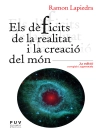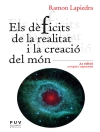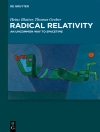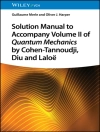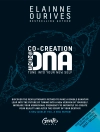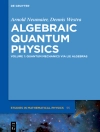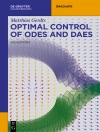This contributed volume explores innovative research in the modeling, simulation, and control of crowd dynamics. Chapter authors approach the topic from the perspectives of mathematics, physics, engineering, and psychology, providing a comprehensive overview of the work carried out in this challenging interdisciplinary research field. After providing a critical analysis of the current state of the field and an overview of the current research perspectives, chapters focus on three main research areas: pedestrian interactions, crowd control, and multiscale modeling. Specific topics covered in this volume include:
- crowd dynamics through conservation laws
- recent developments in controlled crowd dynamics
- mixed traffic modeling
- insights and applications from crowd psychology
Crowd Dynamics, Volume 2 is ideal for mathematicians, engineers, physicists, and other researchers working in therapidly growing field of modeling and simulation of human crowds.
Table of Content
Behavioral Human Crowds.- Artificial Neural Networks for the Estimation of Pedestrian Interaction Forces.- High-statistics modeling of complex pedestrian avoidance scenarios.- Modelling Collective Behaviour: Insights and Applications from Crowd Psychology.- Crowd Dynamics through Conservation Laws.- The Fokker-Planck framework in the modelling of pedestrians’ motion.- Recent developments in controlled crowd dynamics.- Mathematical models and methods for crowd dynamics control.- Mixed Traffic Simulation of Cars and Pedestrians for Transportation Policy Assessment.



